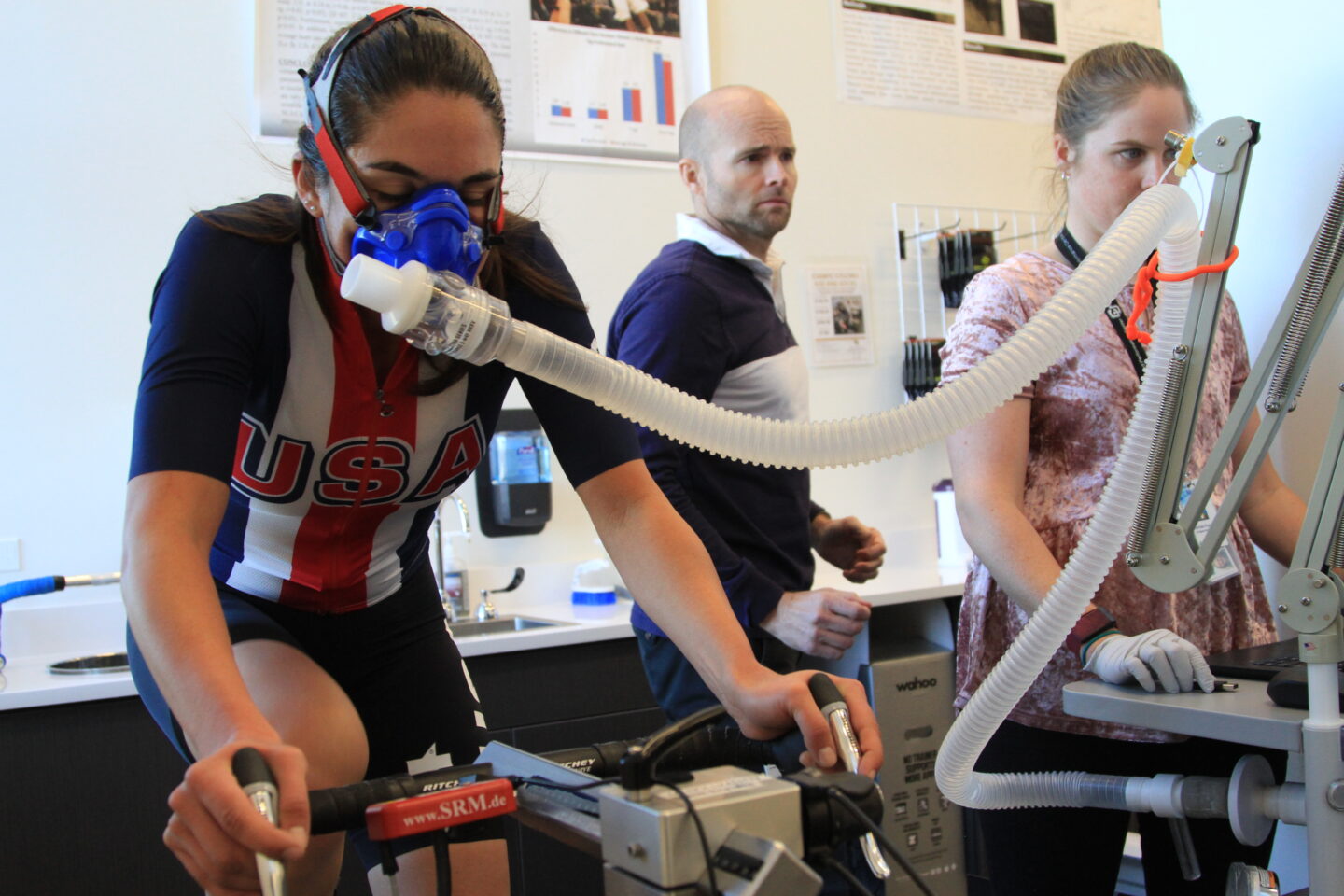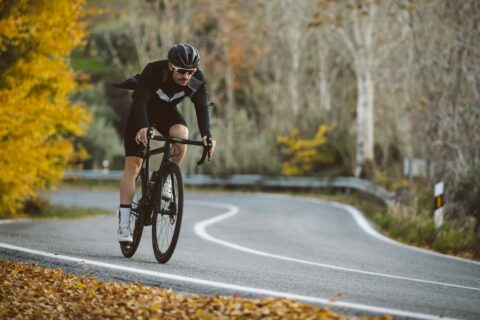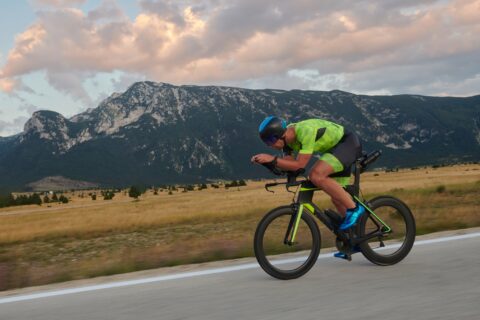While VO2max is well studied, VLamax is a relatively new concept. Understanding the relationship between the two measures will help you better define your training.
While VO2max is well studied, VLamax is a relatively new concept. Understanding the relationship between the two measures will help you better define your training.




